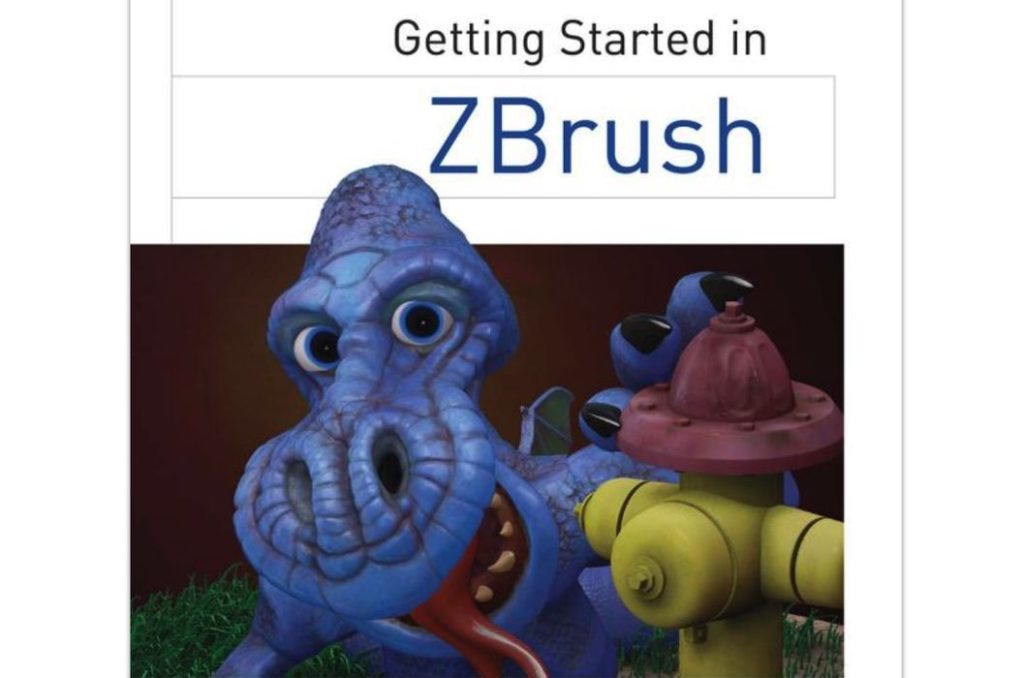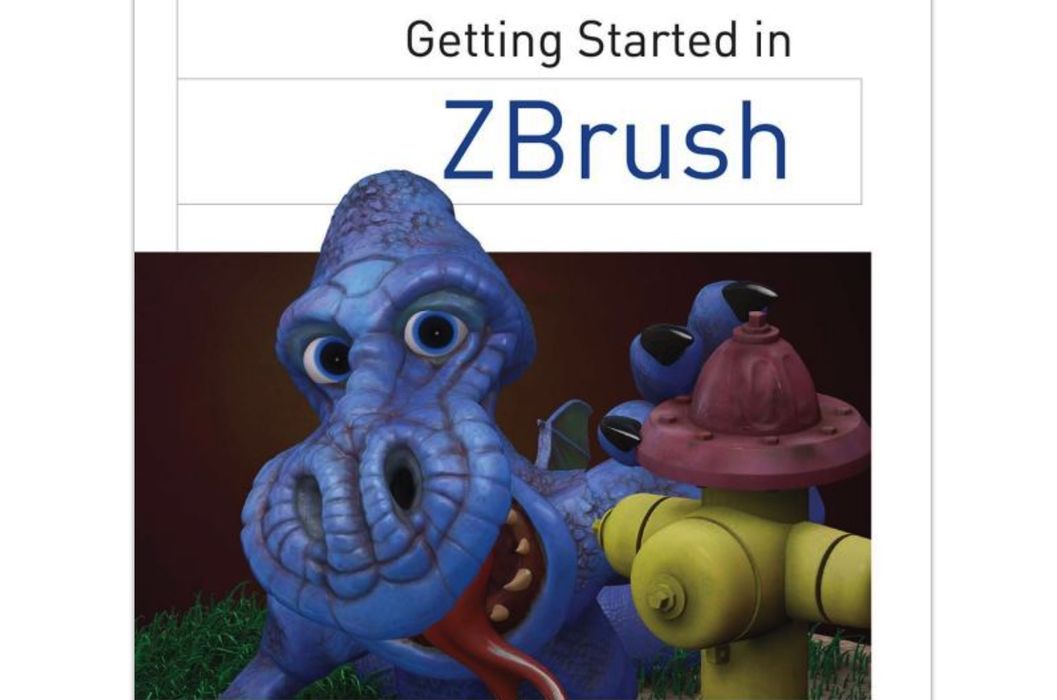
This week’s selection is “Getting Started in ZBrush” by Greg Johnson.
ZBrush is one of the premiere tools for producing 3D models, but is less known among 3D printing practitioners. The main reason for this lack of knowledge is that ZBrush is not really designed to make mechanical parts, which make up the bulk of 3D printed parts.
Instead, ZBrush is really designed for digital sculpting. That is, creating organic shapes with fine curves and intense detail. It’s ideal for producing sculptures, figurines and similar objects, but downright awful for making parts.
The idea of parametric constraints is simply absent in ZBrush, and that would certainly preclude use of the tool by many 3D printer operators.
However, there are an increasing number of 3D printer operators that are indeed interested in figurines and sculptures. This has transpired because of the widespread availability of very high quality resin 3D printers, which are ideal to produce these objects.
Most 3D printer operators interested in this niche tend to obtain their figurine models from online sources, like MyMiniFactory, for example, where skilled 3D artists market their work.
But just like using Thingiverse, you eventually tire of printing someone else’s designs and might want to make your own.
You could use “normal” 3D modeling tools like SOLIDWORKS, Fusion, or Rhino to make sculptures, but that’s like using Excel as a word processor. You can do it, but it’s painful.
The better approach is to use a tool designed for this type of modeling, and that would be ZBrush, the premiere digital sculpting tool on the market.
However, ZBrush can be quite challenging for newcomers to learn because it has a very unique interface that is unlike any other I’ve seen. You begin with a 3D sphere and it gets modified by countless mysterious operators repeatedly until you arrive at the desired shape. It truly is “digital sculpting”.
You can try to use ZBrush directly, but I would strongly advise you to get some assistance due to the curious interface and design paradigm it uses. That’s where this book comes in.
The book begins with a considerable explanation of ZBrush concepts, which are essential to understanding how the product works and therefore how you must use it.
There are several examples of modeling specific objects in the book, each of which provide useful insight into ZBrush operation.
One thing you will note, however, is that the book also shows you can apply color textures to the 3D model, which is the goal of many ZBrush users: to create 3D figures for use in digital software, like games or animations. There’s also explanation of how to handle UV maps for export and transfer of color designs.
If you’re interested in learning ZBrush, this book could be for you.
We’re an Amazon Associate and earn a small fee from qualifying purchases. Help support our 3D print news service by checking out this book!
Via Amazon

